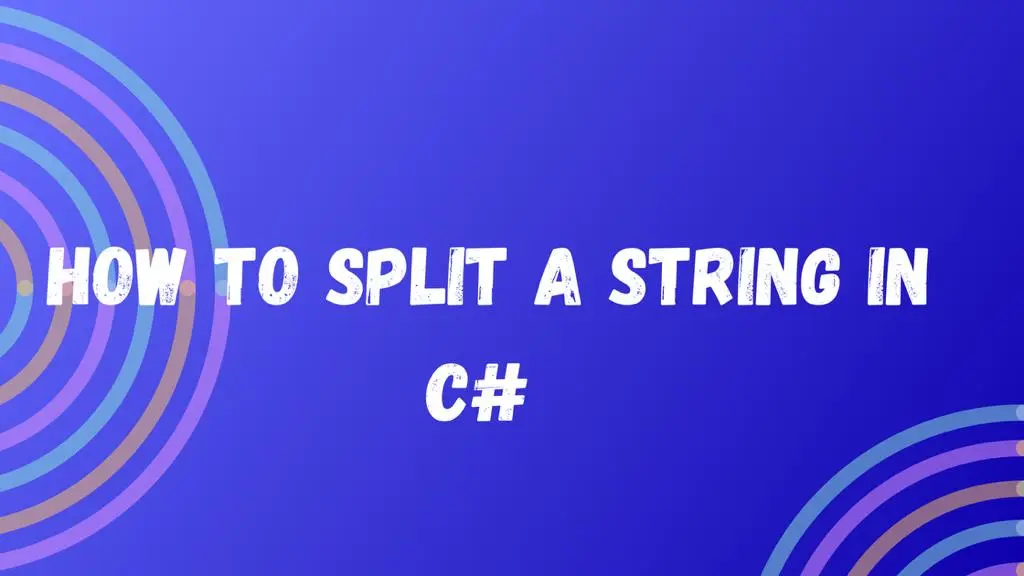How to Split a String in C#
Jan 27, 2024
2 mins read

How to Split a String in C#
String manipulation is a fundamental aspect of programming, and in C#, splitting strings is a common operation. Whether you’re parsing data, extracting information, or manipulating text, understanding how to split strings efficiently is crucial. In this blog post, we’ll explore various methods to split strings in C#, providing you with a comprehensive guide and practical examples.
1. String.Split Method:
C# provides a built-in method called Split for strings. This method takes an array of characters and splits the input string based on those characters. Here’s an example:
|
|
This code will split the string “Hello,World” into an array containing “Hello” and “World.” However, this method has some limitations, especially when dealing with more complex scenarios.
2. Regular Expressions:
For more flexibility, you can use regular expressions with the Regex.Split method. This approach allows you to define patterns to match and split accordingly.
|
|
This code splits the string based on commas and semicolons, resulting in an array containing “Apple,” “Orange,” and “Banana.”
3. StringTokenizer Class:
If you prefer a more customizable solution, you can create a StringTokenizer class. This class mimics the functionality of the Java StringTokenizer and provides greater control over the splitting process.
|
|
Usage:
|
|
This custom StringTokenizer class provides a more iterator-like approach to string splitting.
In this blog post, we explored various methods to split strings in C#, from the basic Split method to more advanced approaches using regular expressions and custom classes. Understanding the strengths and limitations of each method is crucial for efficient and reliable string manipulation in your C# projects.
Popular Tools
Recent Articles
- Mastering Localstorage in Javascript Your Comprehensive Guide
- CSS Vertical Alignment 11 Effective Implementation Methods
- The Ultimate Guide to Const Assertions in Typescript
- Typescript Typecasting a Step to Step Guide
- How to Use DangerouslySetinnerHtml in React Application
- CSS Tutorial: How to Create a Custom Mouse Cursor
- Types vs Interfaces in Typescript
- How to Switch Node Version on Macos
- How to Switch Node Version on Ubuntu
Sharing is caring!